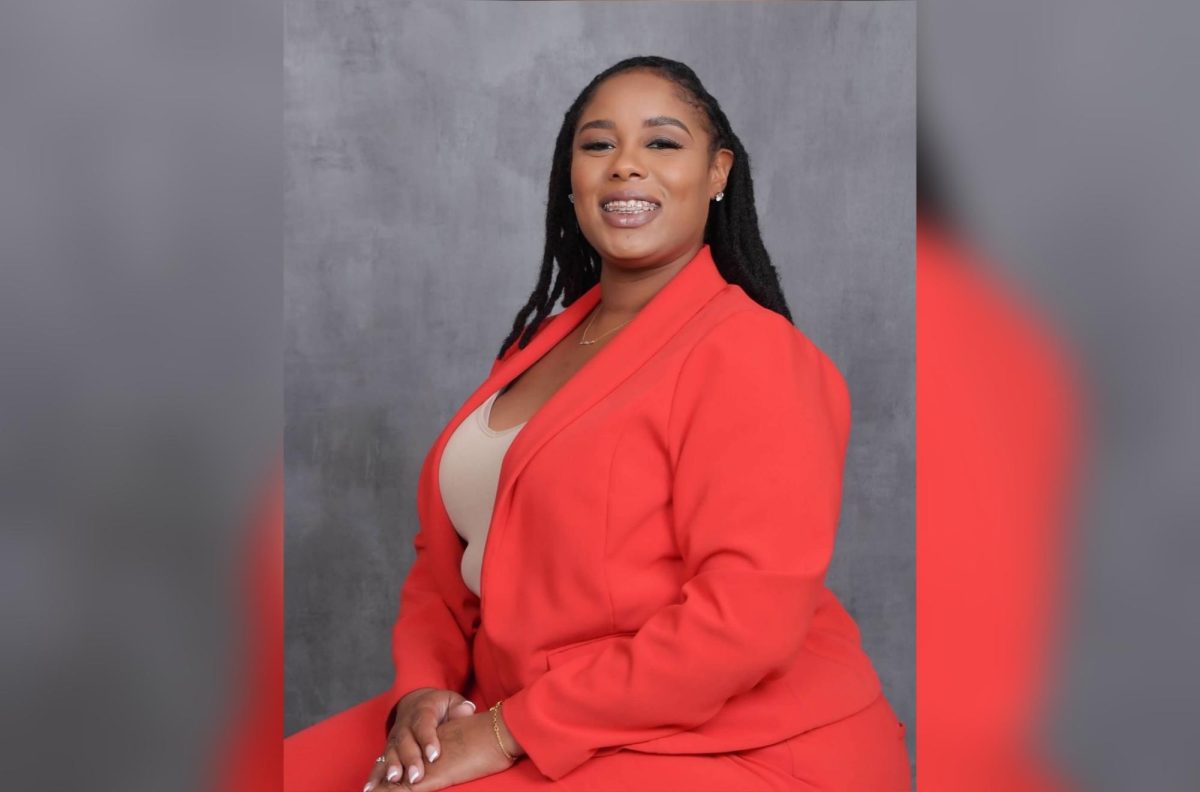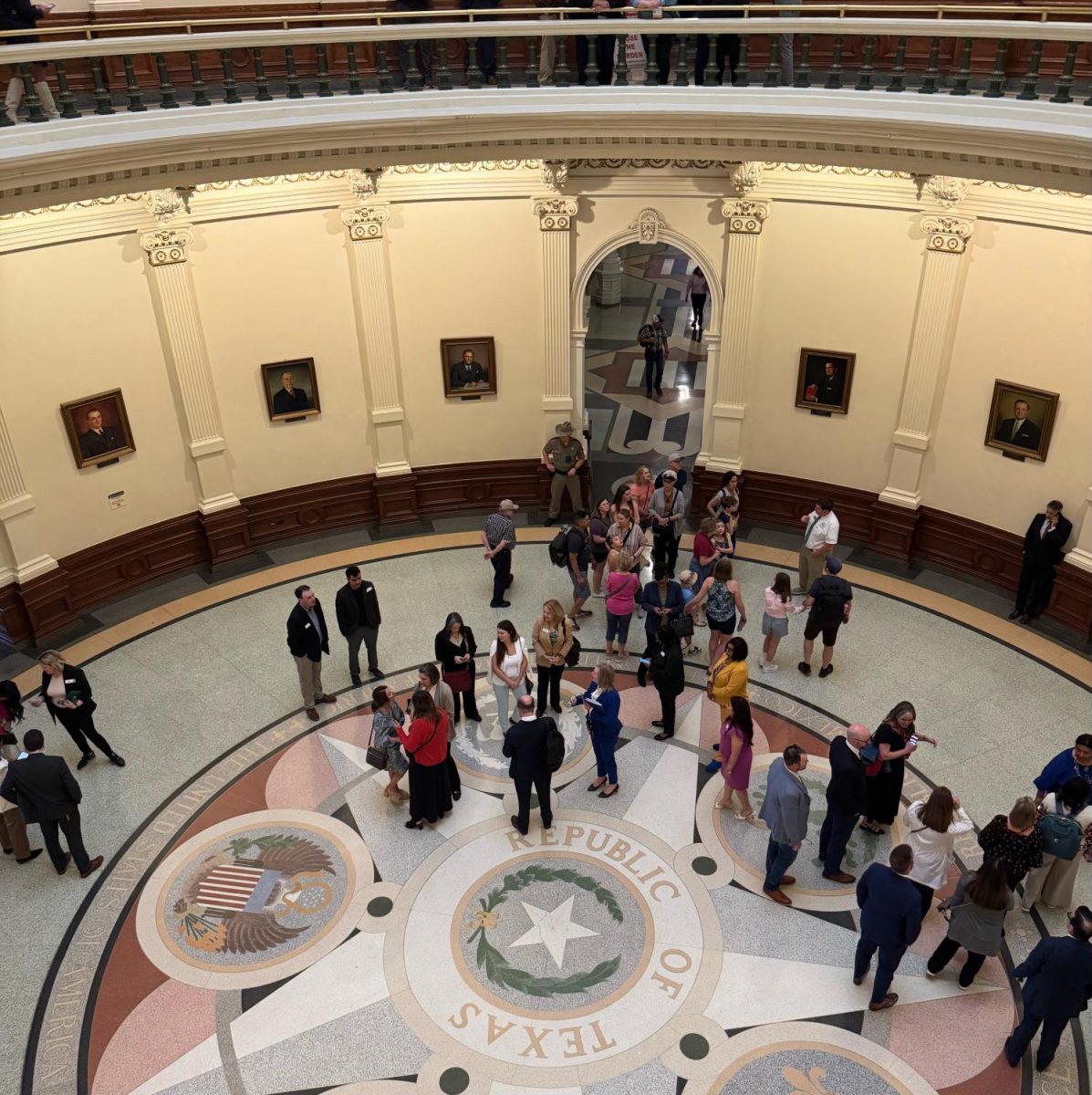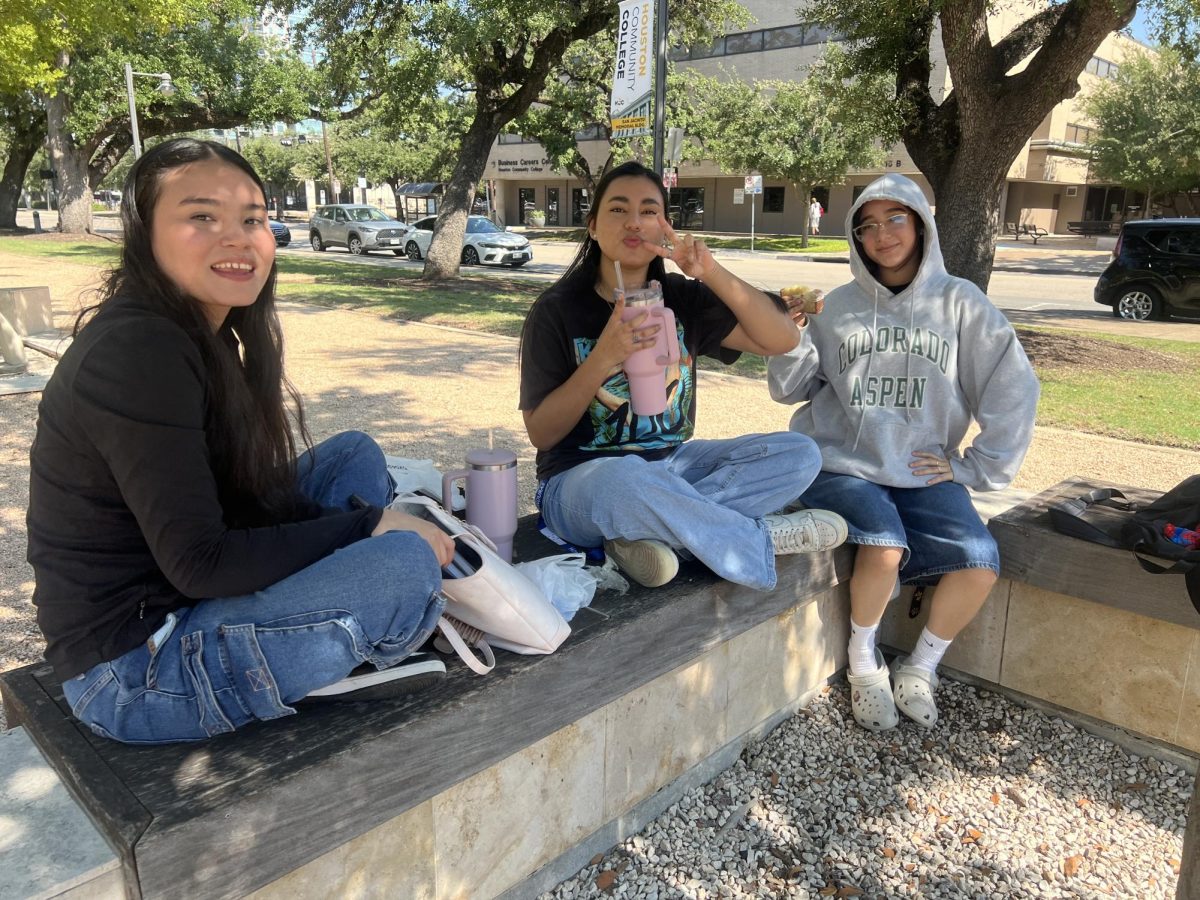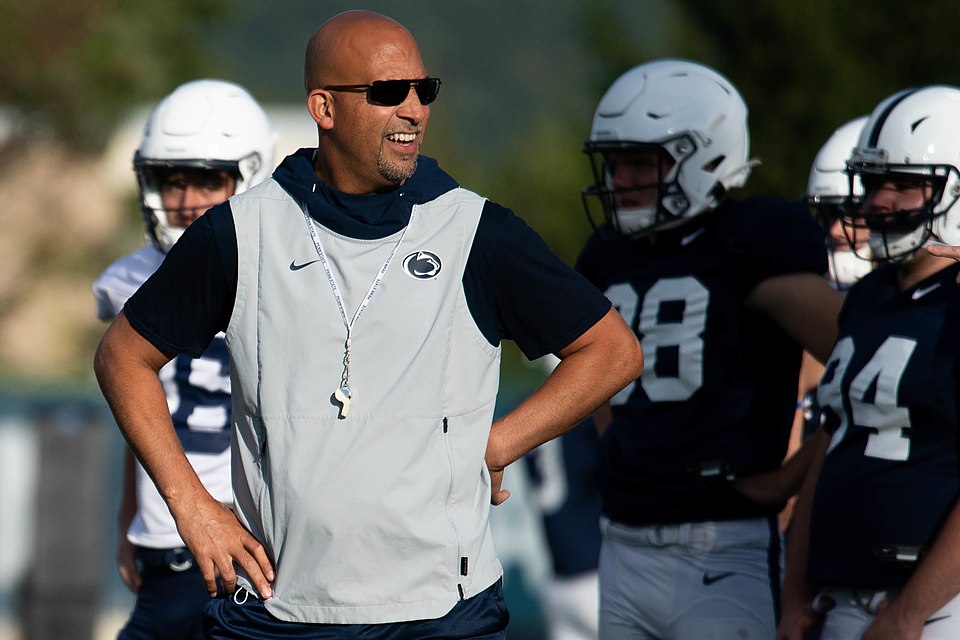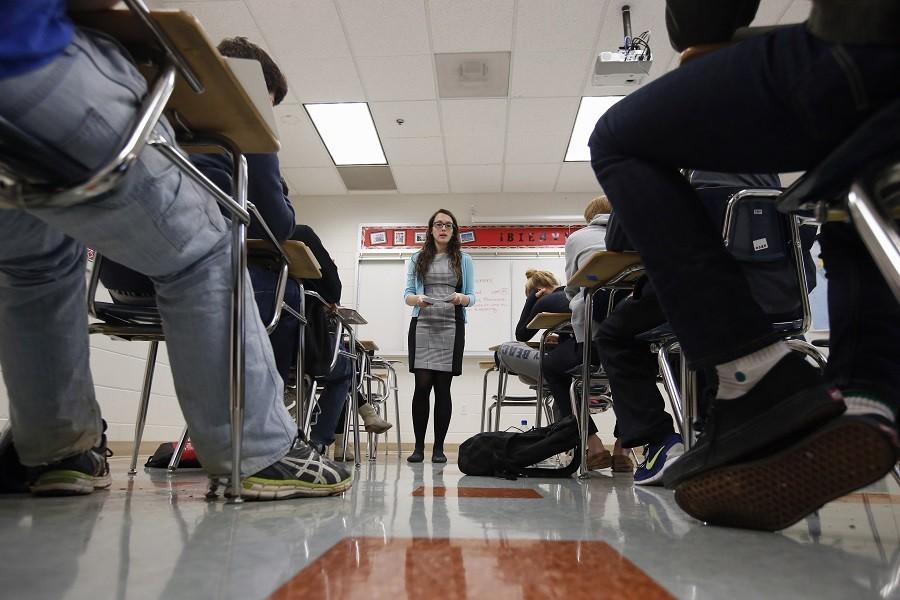New policy, free college for high schoolers
Katerina Maylock, with Capital Educators, teaches a college test preparation class at Holton Arms School in Bethesda. (AP Photo/Alex Brandon)
January 28, 2016
The HCC Board of Trustees voted unanimously to eliminate all out-of-district fees for dual credit students on Jan. 21. Since tuition and fees are already waived for in-district dual credit students, the decision means that all dual credit students will pay nothing to attend Houston Community College starting fall 2016.
Chancellor Cesar Maldonado explained that this is “a recruiting tool to induce students to come to HCC, as opposed to other colleges that they’re able to go to.”
Dual credit students are high school students who are enrolled in both high school and college. They earn credit for college-level courses taught by HCC, which are used to fulfill both a high school diploma and college degree requirements.
Currently, an out-of-district, dual credit student pays approximately $216 for each three credit hour course. This has limited the college’s ability to gain dual credit students in notable areas where HCC campuses are located, including Katy, Spring Branch and Fort Bend—almost all of which is out of HCC’s taxing district.
According to the administration, after graduating high school 37 percent of students who took dual credit classes with HCC continue attending the college. The administration expects the new move to increase dual credit enrollment, and attract local students who may choose to continue with HCC after they graduate.
Dr. Maldonado stated that, “Once they get some dual credit courses, it facilitates their transition [to postsecondary].”
With formula funding from the state and revenue from out-of-district tuition and fees, the college has been breaking-even on the dual credit program. The new policy will eliminate about $570 thousand in revenues, creating a deficit for the program that the elected governing board of HCC is willing to write off as a marketing and recruitment expense. The state funneled another approximately $3.6 million to HCC last year to pay for these classes, which are counted toward students’ high school graduation, as well as their college degree requirements.
Dual credit students will only have to pay for their required textbooks, unless the books are provided for by their high school. Classes are often available to students at their high school, or they may attend class at any HCC location.
Dual credit classes are not the same as AP classes. Advanced Placement courses prepare students to pass an exam to prove their mastery of college-level curriculum. With dual credit, students simply start taking college courses. To take dual credit, students must place high enough on the TSI assessment to place in college courses. Remedial courses cannot be taken as dual credit.
Policies vary at neighboring two-year colleges. At San Jacinto College, students pay 30 percent of tuition and fees or about $101 per three credit course. Meanwhile, at Lone Star College, tuition is waived, but not fees; students pay about $60 per course. At Wharton County Jr. College, tuition is only waived for in-district students; in-district students pay $168 in fees and out-of-district students pay $417 per course.
“There are no state standards recognized as to what the charge is,” Chancellor Maldonado noted, “there is no firm practice that’s followed.” HCC will be the only local college to give high schoolers and their families a pass on tuition and fees no matter what district they live in.
Personally, I started at HCC as a dual credit student when I was a high school Senior. I’m in-district, and my professors used free, online textbooks so I paid nothing. Being homeschooled, I took classes on campus with other students of all ages. It was a great experience, and I enrolled full-time at HCC the fall semester after graduating high school. I’m glad that more students will be able to benefit from the dual credit program, and save time and money earning their college degree.



